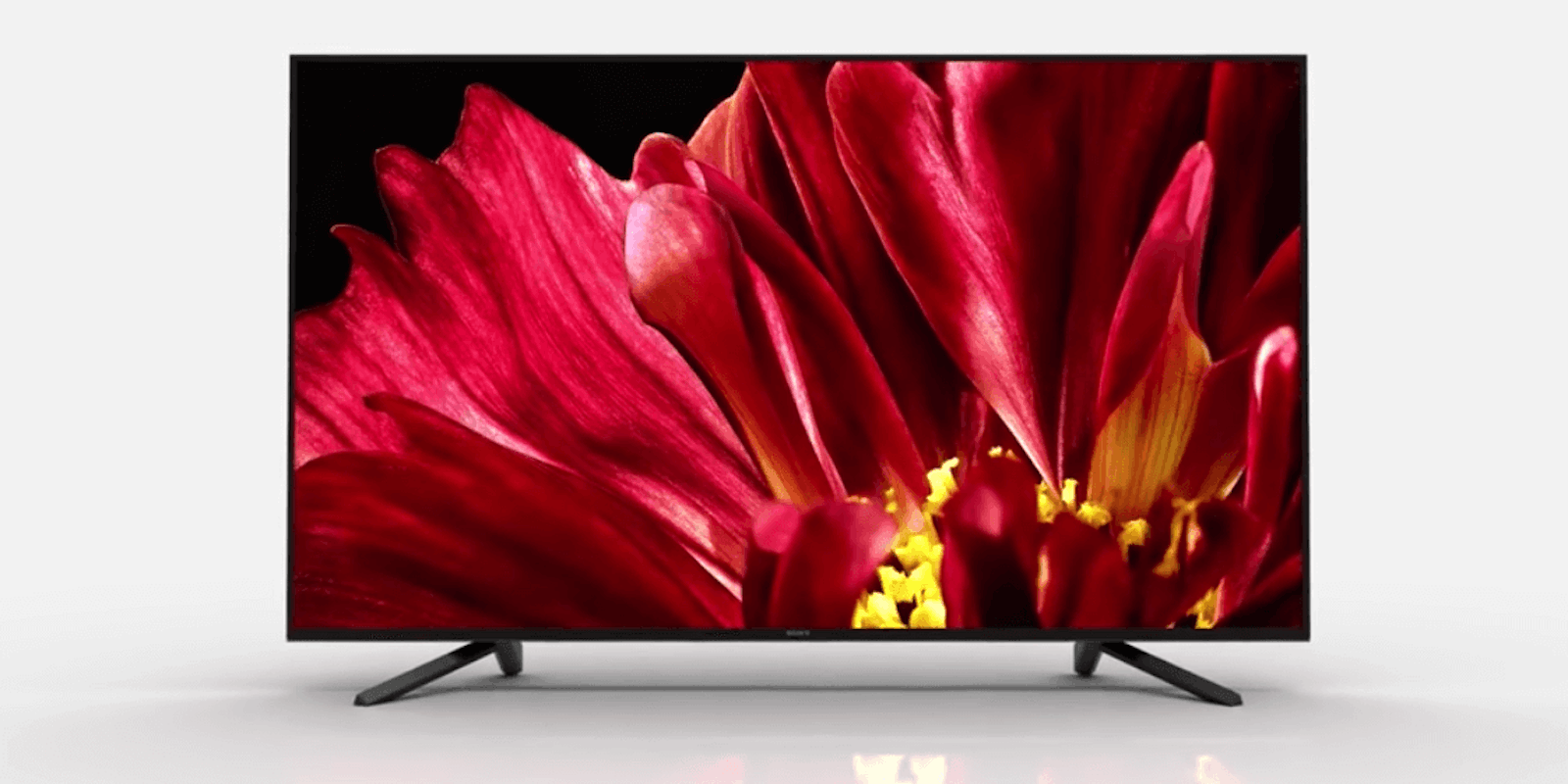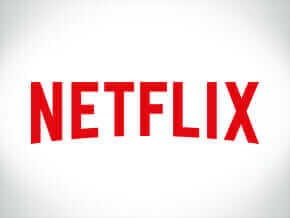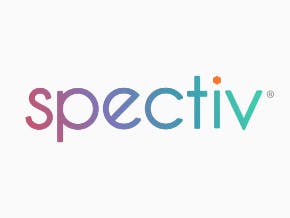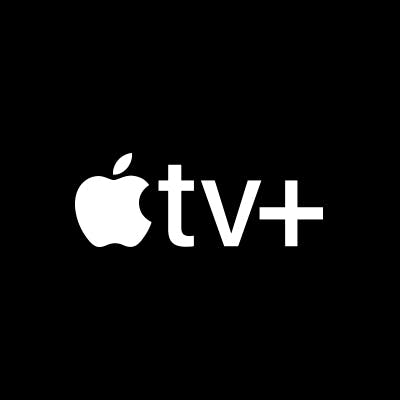Thanks to the price drop in Ultra HD 4K TVs in the past few years, the highest image quality on the market has become incredibly affordable. If you want to watch 4K content (also known as ultra-high-definition or UHD) on streaming platforms like Disney+, Netflix, Hulu, and AppleTV+, you need a 4K television.
There are a number of amazing 4K TVs on the market and to make the best choice for your budget, there are some key considerations you need to consider. You should think about what’s important to you in a TV and what features are right for you before you make a purchase that could impact your living room for years.
Here’s what you need to think about when buying a 4K smart TV.
What is 4K?
Before we dive into which 4K smart TV is the best, let’s discuss why you want to watch television in 4K in the first place.
High definition has been standard for over a decade, but after years of bathing in the wonder of 1080p video, something better arrived. The 4K picture offers a dramatically improved image, delivering four times the pixel resolution of standard HD TVs. While a 1080p image is 1,080 x 1,920 pixels, a 4K Ultra HD screen provides 2,160 x 3,840 pixels, offering sharper picture and more vivid colors than ever before. Blacks are darker, colors pop off the screen, and support for 60 frames-per-second videos on creates the smoothest image on the market.
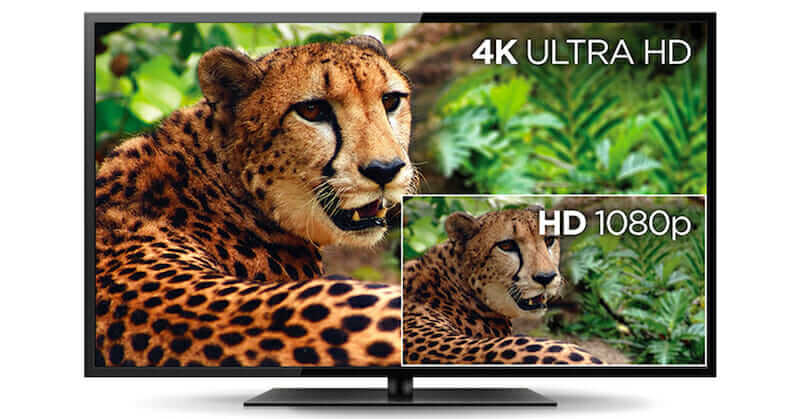
How do I pick a 4K smart TV?
4K smart TVs have amazing capabilities. Here are some of the features to look for and considerations to keep in mind as you shop for a 4K smart TV.
4k Smart TV Features
Smart TV: Almost all televisions are smart TVs. “Smart TV” simply means the television has a built-in internet connection. This means you will likely be able to connect to various streaming platforms like Disney+, Netflix, and Hulu without any additional devices.
Streaming: Most consumers are buying smart TVs to access their various platforms in one place with one remote without any additional equipment.
User-Owned Content: Smart TVs also make it easier stream digital user-owned content. Want to watch those old digital home movies on your big screen? Load them on an external hard drive and plug it in. Most smart TVs will be able to play your media directly from the hard drive.
Web Browsing and Social Media: Another thing that users don’t often consider is that a smart TV can function like a computer. This means you can browse the internet and connect to various social media platforms on your TV. Communication apps like Skype also work on smart TVs.
Streaming Music: You can also stream music on smart TV with services like Spotify and Pandora.
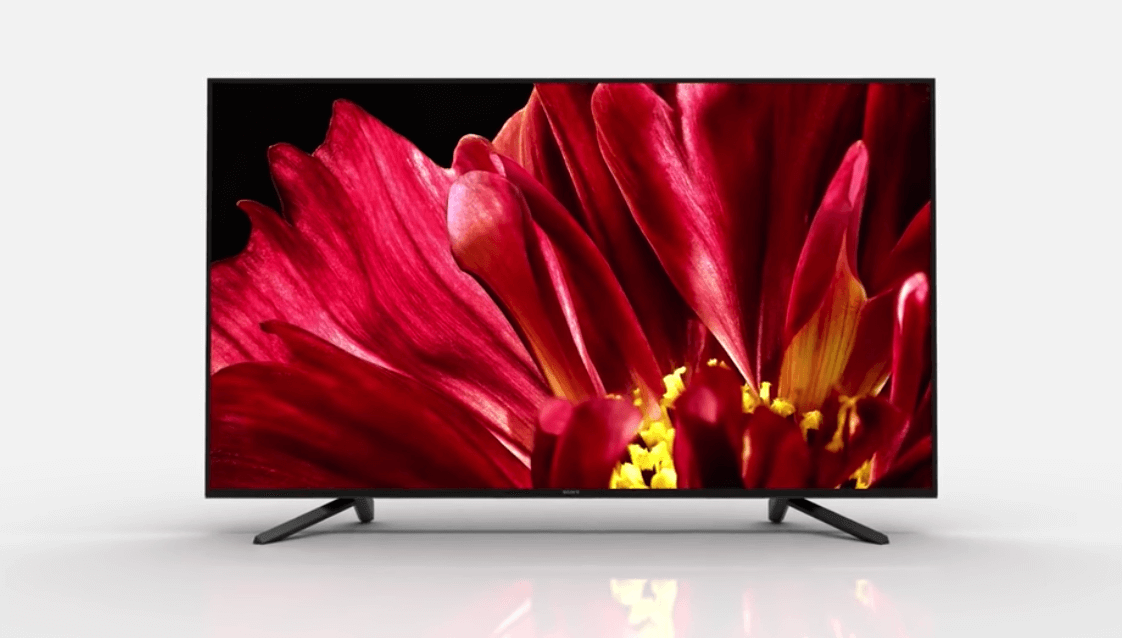
What to look for in a 4K Smart TV
Not all 4K Smart TVs are created equal. Here are some things to consider as you pick the right TV for you.
Screen Size: This is totally a matter of taste and space, but before you go buy a TV, make sure you know what size you would like the screen to be. A lot of the best televisions are between 55 and 65 inches these days, but it is all about what suits your space.
HDMI Ports: You are going to connect devices to this TV so that you can stream. It is likely that this connection will be via HDMI. You want at least four HDMI ports on your television and you should opt for the newer HDMI 2.1 format if possible.
HDR: This stands for high dynamic range. This means your television is capable of more colors and better contrast. Think of it as a boost to your 4K picture. The standard for high-dynamic range content is HDR10. HDR TVs may advertise “HDR10” or “Ultra HD Premium” which are just different ways of saying the TV has a high dynamic range.
Refresh Rate: The refresh rate is how many times per second the picture is refreshed on screen. This number is expressed in Hertz (Hz) and the standard is sixty times per second, or 60 Hz. If you never want a blurry or jittery image, even in a fast-paced scene, you may want to look at 120 or 240 Hz.
LCD vs. OLED: There are basically two types of TVs on the market, LCD and OLED. OLED televisions are prohibitively expensive for most consumers. Most televisions on the market use LED backlighting to assist with dynamic range, which is why you get bright brights and darker darks than on the televisions of your childhood. OLEDs go a step further, creating several dozen lighting zones with a layer of LED lights controlled down to the pixel. Though this is an amazing technology that yields an objectively better image, the price point for OLED is still very high.
Smart Phone Content: Most Smart TVs have a built-in mechanism to get content from your phone (or other mobile devices) to your TV. Whether it is called “flinging,” “casting” or “mirroring,” look into how your new 4k smart TV is going to get information from you phone to your TV.
Operating System: There are a variety of operating systems used by various Smart TVs. You may want to go to a retail store and test out different ones before buying your 4K smart TV. Amazon, Roku, and other familiar companies actually have their own OS, so if there is an interface you like from a favorite device, it might be worth checking if that same interface comes inside a smart TV.
The best 4K channels
Now that you know what to look for in a 4K smart TV, let’s talk about the best channels for streaming 4K content. No matter what 4K smart TV you buy, you’ll have access to a number of channels with amazing 4K content.
1) Netflix
If you’re looking for 4K action at the lowest price, no platform offers more content than Netflix. Everything the company produces is released in Ultra HD 4K, so from original movies to original series, you’ve got hundreds of options to choose from. Netflix has also licensed a few of its most popular third-party titles to keep viewers happy. Non-Netflix programming like (Planet Earth, Breaking Bad, Blue Planet, Better Call Saul, Ex Machina, and Ghostbusters) is currently available in Ultra HD along with the Netflix catalog. Remember, you’ll need a Premium Netflix membership to 4K Netflix programming. Premium membership costs $14.99 per month.
2) Amazon Prime Video
Your standard Amazon Prime membership comes with free 4K shows and movies to watch, something that sets Prime apart from Netflix. Like Netflix, most of the 4K content streaming on Prime is from the company’s studio. Amazon’s original films tend to be thoughtful, low budget indie projects, like the Oscar-winning Manchester by the Sea. While these films are beautiful, if you’re looking for action you’ll want to check out Amazon’s series. Original shows like Jack Ryan and The Man in the High Castle provide plenty of fireworks missing from the more thoughtful films.
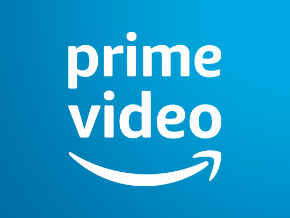
3) YouTube
YouTube has one of the largest libraries of free 4K content anywhere online. You’ve just got to know how to find it. From music videos to web series and documentaries, YouTube is a never-ending foundation of content. If you’re not sure how to get started, just do one of your normal searches and add “4K” to your search terms. You’ll be streaming jaw-dropping video in no time. Upgrade to a YouTube Premium membership and you’ll be able to stream even more high-quality content.
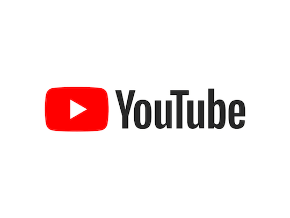
4) Vudu
Vudu is the best digital rental space on Roku with a massive library of 4K movies for rental and purchase. Each week, new releases hit the store often before they hit physical locations like Red Box. Vudu users can purchase Venom, for example, a week before the Blu-Ray is released. The only potential issue is that 4K titles are often only available for purchase for their initial release window. Still, purchased titles are cheaper than going to the movies. If you don’t mind watching standard HD, Vudu also has a large collection of free, ad-supported movies and shows to enjoy.
5) Curiosity Stream
4K makes movies look incredible, but its ability to bring documentaries to life can’t be overstated. Curiosity Stream is a budget-priced documentary service with 2,000-plus shows available for just $2.99 per month or $11.99 per year. Topics cover everything from the underwater cave systems of America’s national parks to Mars exploration. Curiosity Stream is an affordable and educational open the door to exploring the world from the comforts of home.
6) Spectiv
If life has you stressed out, try relaxing with Spectiv’s soothing programming. For $5.99 per month subscribers get access streams of gorgeous nature footage, ambient sounds, and peaceful imagery. Spectiv is certainly a niche service, but after testing it, we’re sold. The footage is stunning and coupled with a good sound system it’s a legitimately relaxing experience.
7) AppleTV+
Though they only have a small library of launch titles, independent tests have found that AppleTV+ content has the highest quality 4K streaming. Splashy launch titles like Dickinson and The Morning Show have been the talk of social media while beautifully shot projects like The Elephant Queen will show 4K in all its splendor. The current cost of AppleTV+ is $4.99/month, though if you own certain Apple products, you may qualify for a discount.
8) Disney+
Boasting a massive library of titles from the Disney vault alongside new content like The Mandalorian and the live-action reboot of Lady and the Tramp, Disney+ is already making a lot of noise despite its recent entry into the streaming wars. Monthly subscriptions are $6.99 and a bundle that offers Disney+ along with Hulu and ESPN+ is $12.99 per month.
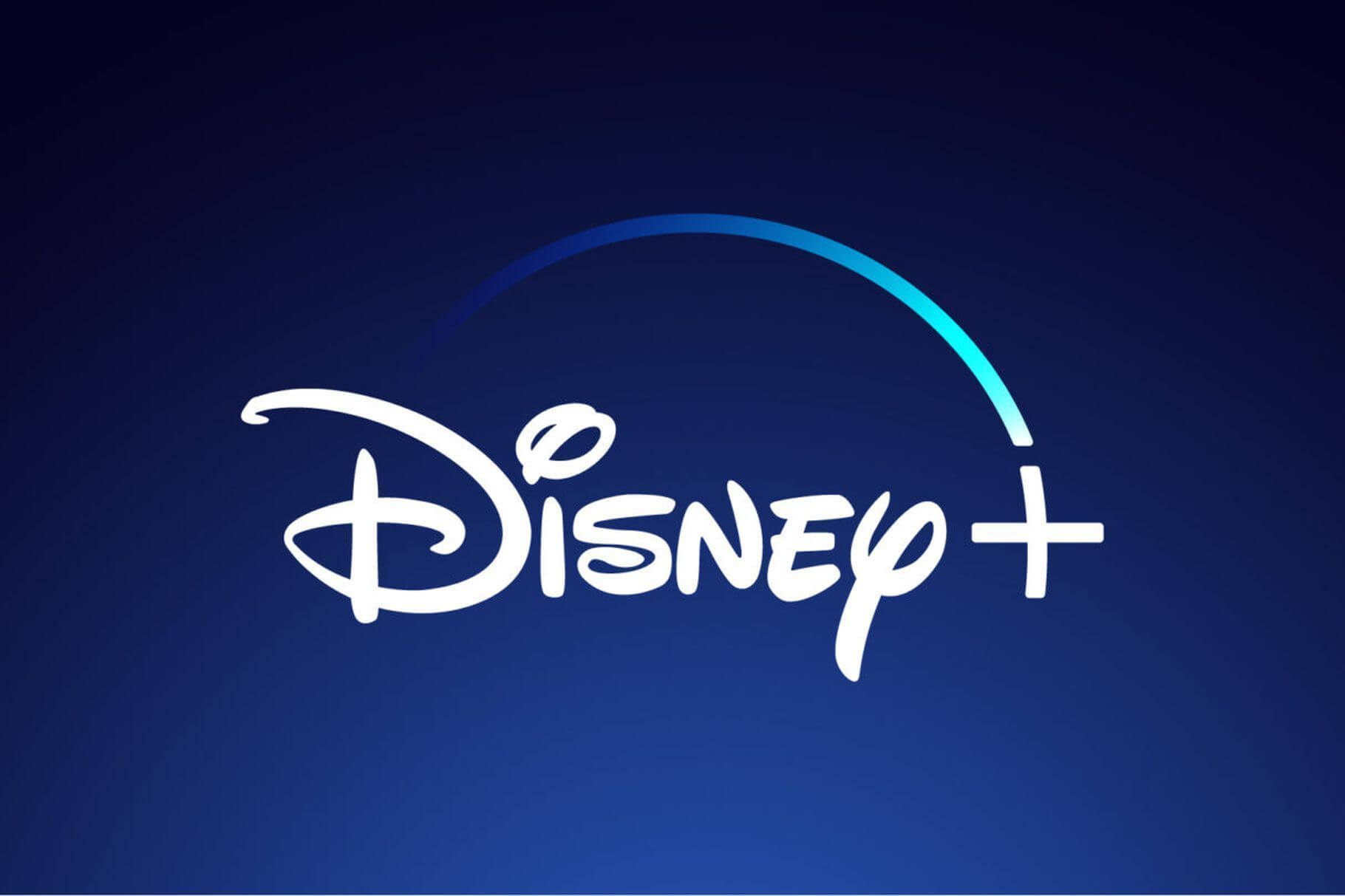
TRY DISNEY+
4K Smart TV cons
4K sounds like a perfect experience, but as with all emerging technologies, there are a few downsides to consider. Here are the hidden frustrations that come with 4K technology at the moment. Even if you buy the best 4K smart TV on the market, you can’t avoid every headache that comes with still expanding 4K technology.
1) Rental cost and availability
Services like Amazon Prime and Vudu offer 4K movie rentals, but be prepared to pay a premium. 4K rentals average $6.99 to $7.99. Some titles can cost as much as $9.99 to rent. Of course, that’s if the title you’re looking for is available in the first place. Many titles are only available to purchase in 4K on these digital stores.
Granted, it’s still cheaper to buy a digital movie in 4K than it is to take a family of four (or even two people) to a movie still in theaters. But if you’re a big fan of renting, the cost difference can be initially jarring. The one exception is UltraFlix, which regularly features 4K catalog rentals like Robocop for just $2.99. Unfortunately, its catalog is limited.
2) Cost of service with limited content
Want to watch 4K content on Netflix? You’re going to pay extra. While the standard HD package costs $11 per month, 4K Premium streaming is $14 per month. If this cost included everything on Netflix, that would be fine. But 4K is primarily limited to Netflix’s original programming and a few licensed titles.
Amazon Prime thankfully does not charge a premium for 4K content. However, it only offers original series and Amazon produced movies for free to Prime subscribers. That wouldn’t be such a big deal if Amazon made action movies, but its thoughtful and meditative indie movies don’t always call for Ultra HD.
3) No 4K streaming TV
Currently, there are not any streaming TV services that offer 4K content, though FuboTV has tested beta versions of 4K channels. While your 4K TV will upscale standard HD content to look better than before, it’s not a true 4K picture without a 4K signal. Still streaming HD sports on your Roku to a 4K TV looks much better than a traditional HD image. Hopefully in 2019 4K live TV streaming will finally become a reality for cord-cutters.
4) Data caps
4K streaming requires a high-speed internet connection, and we mean high-speed. A standard HD video only requires a 5Mbps connection. Meanwhile, an Ultra HD 4K stream needs around a 25Mbps connection to get the most out of your set. If your internet service provider sticks you with low speeds and data caps, 4K might require you to renegotiate your contract to enjoy fully.
READ MORE:
- Everything you need to know about 4K smart TVs
- How to stream Hulu in 4K
- Everything you need to know about Roku 4K TV
- What is Ultra HD?
The Daily Dot may receive a payment in connection with purchases of products or services featured in this article. Click here to learn more.

